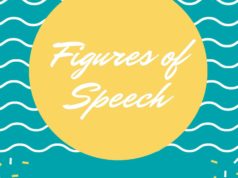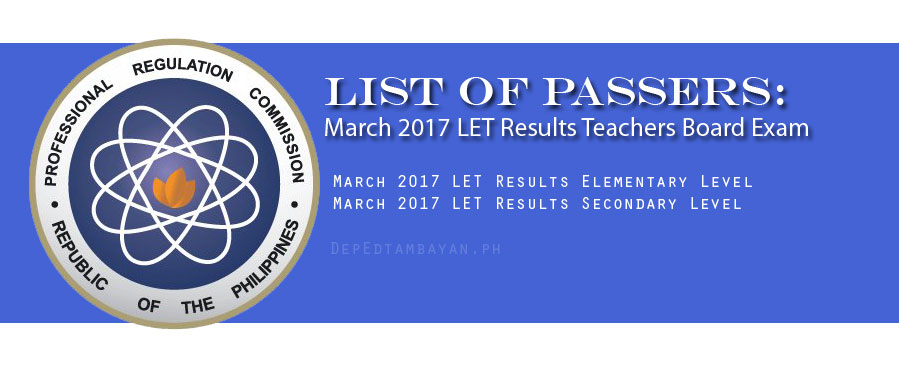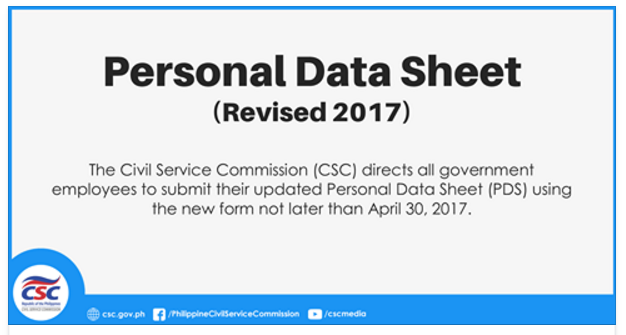How to write a summary?
A summary is a condensation of the main points in a reading text. Its length depends on your purpose or assignment, complexity of the article, and the context where the summary will be part of. For example, if you need to summarize a long research article in your research paper reviewing studies on a certain topic, your summary will be shorter as opposed to a summary of the same article in a critique.
The ability to summarize is essential. This skill is indispensable to students because most courses in the university require learners to summarize or synthesize lessons learned or chapters read. In addition, this is a lifelong learning skill that you can use in every facet of your life. In the real world we make summaries of movies when we tell stories. We also give a synthesis of a favorite book we recommend to our friends. We summarize details of a failed relationship to make sense of the whole experience. We summarize reports for our colleagues and for our bosses. The list goes on.
Now that you are convinced of the importance of summarizing, let’s get down to details.
Writing a summary takes time. You should not expect to produce a good summary without exerting some effort. Sometimes you will read a text that has clear headings and topic sentence that all you have to do is to put together those major points. However, there will be times when you will read a text that does not seem to provide clear markers of major points.
The following suggestions will help you create effective summaries:
- Determine your purpose.
- Preview the material. Get a general sense of what you are about to read by looking at the title and subheadings. Look at the first sentence in each paragraph. Take note of any boldface or italicized print, lists, or charts.
- Read the material. Highlight important points, and underline key words and phrases. Write marginal notes that you wish to include in your summary. Look for the purpose of the author.
- State the main idea. If the article has an explicit thesis statement, try to paraphrase it. If no such sentence is provided, you will have to create your own. This sentence is important because you will use it at the beginning of your summary.
- Write at first draft. State the author’s central idea and do not forget to include the title of the article. Next, include the major supporting details. Make sure you do not copy any sentence or phrase from the original texts; this is to avoid plagiarism. Finally, avoid including your own opinion.
- Revise the draft. Use the questions below:
- Does it include the major point?
- Is it an objective summary because I did not include my own opinion about the article?
- Is my summary complete?
- Does it have a balanced presentation of ideas? Did I emphasize details that the author highlighted in the article?
- Is it shorter than the original?
- Are unnecessary words and details omitted?
- Does the summary read smoothly because of the appropriate transitions such as furthermore, moreover, and also to add details, or in contrast and however to show shift in point of view?
- Would a reader who had not read the article have a clear idea of what is it about?











